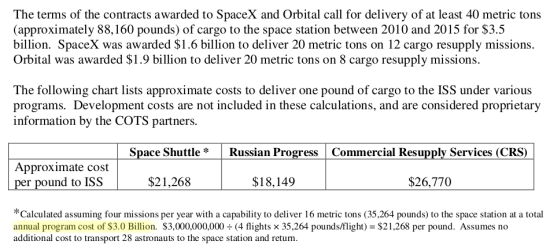A paper published today on the Los Alamos astro-ph preprint website has taken a close look at identifying the best nearby asteroids ideal for mounting a manned mission. The conclusion: our survey of such asteroids is very incomplete (only 65 known), and due to their location in Earthlike orbits they are very difficult to study.
Ultra-low delta-v NEOs are not readily found. Their closely Earth-like orbits mean that most of the time they are in the daytime sky, as seen from the Earth, and so are effectively undetectable. As they approach within <1AU of the Earth they start to lie near quadrature, and so come into the dawn or dusk sky on Earth. The strong scattered sunlight background makes optical surveys toward the dawn or dusk much less sensitive and, in practice, surveys do not look in these directions, preferring to observe where the sky is dark, within 45 degrees, and at most 60 degrees, of the anti-Sun, opposition, direction. As a consequence the lowest delta-v NEOs are undercounted by current surveys, and the factor by which they are undercounted is not yet known.
The paper proposes building a dedicated unmanned infrared mission and placing it in a Venus-like orbit where it would be better placed to see these difficult but important objects.

